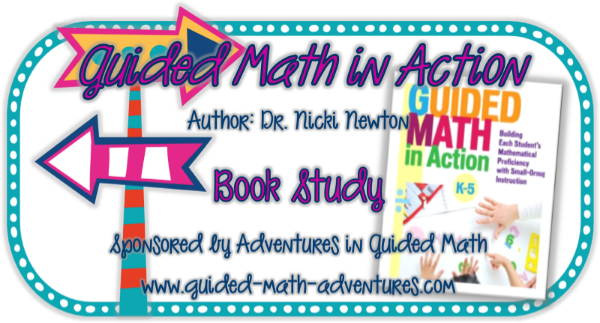Questions to Wonder About:
1. What did you think of this book? Did you love it as much as I did?
This book is absolutely fantastic and perfect for 5th grade! There is so much you can teach upon, especially in terms of how we treat people who are different from us in some way. Auggie, the main character, has a craniofacial deformity and is starting school for the first time. He is aware of how different he looks for others and while his whole family is nervous, they are all affected by his school experience. My favorite part of the novel is that the story is told through multiple characters' perspectives.
A bonus chapter has just been released by RJ Palacio. It's called the Julian Chapter and I encourage you all to read it! I've always told my students that there are 2 sides to every story. In "Wonder", Julian's character is seen as the antagonist, picking on Auggie for the way he looks. But no person is 100% good or bad, we all have different experiences that make us react and behave the way we do. Palacio does a fantastic job of showing that in the "Julian Chapter".
2. Did it make you think about things and your actions differently?
Every time I read this novel, I come away with a different perspective. It's impossible to not be affected by this story. You become attached to Auggie, Jack, Summer... and I hope that if I was a 5th grader in Auggie's class, I would have befriended him like Jack and Summer do. But it's a way to open up a conversation with my students about how we treat others. The theme "Choose Kind" is a popular one after reading this book.
3. I have provided lesson ideas below, but how might you teach this to your students? I'm thinking that Choose Kind could really be a mantra all year long for a class. What do you think?
The first year I read "Wonder" my class was so taken with the "Choose Kind" movement that we wanted to do something for our school. They decided to start the Smile Project, having each of our 700 students at the school create a picture of a smile on a 3x3 piece of paper. My class then arranged all the smiles into large posters and displayed them around the school: in the front office, near the lunch area, in our Multi-Purpose Room. It was a huge success and the whole school could benefit from seeing our whole school's spirit in choosing to be happy! I wish I had the foresight to take a picture of the finished products, but here are my students putting together designs from the smiles we collected from the rest of the school.
 |
My 5th graders arranging the 3x3 squares we had handed out to the whole school.
This one they had spell out SMILE. It ended up in the MPR. |
 |
Another poster we put together. This one went near the lunch area.
My class decided to have it spell out FRIEND. |
 |
Our last two posters stayed in the school's office for almost
the entire school year. It was a huge success! My class
was very proud of their project.
|
4. I would love to know what your precept would be - I have created an editable postcard template. Please share your precept either in a blogpost or share it with me via e-mail. I would love to compile all of them and create a teacher collection of precepts.
If you don't know already, RJ Palacio has a new book coming out on August 28th. It's called 365 Days of Wonder: Mr. Browne's Book of Precepts... and I've already pre-ordered mine! I can't wait to use it with my students... I plan on doing it as a daily warm up writing activity. I've done this with quotes in the past, but to be able to tie it in with the book Wonder is truly exciting! I can't wait.
My own precept is the one I have in my classroom and I bring attention to it all year long.
"We are crew, not passengers."-Kurt Hahn
I try to make sure the students in my class know that they are a crew member in their learning, not simply a passenger who gets to ride along smoothly, without putting any work into their passage. They will get as much out of school and their education as they put in to it, not simply be a passive part of their learning. It's a powerful metaphor that I have found to be a great touchstone in my classroom.




































.png)